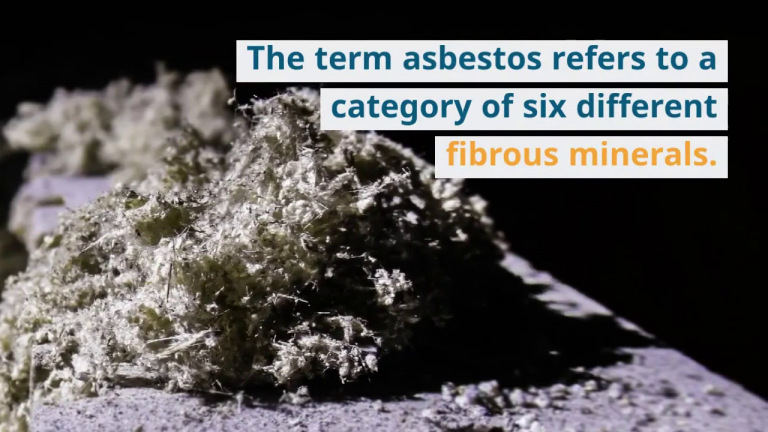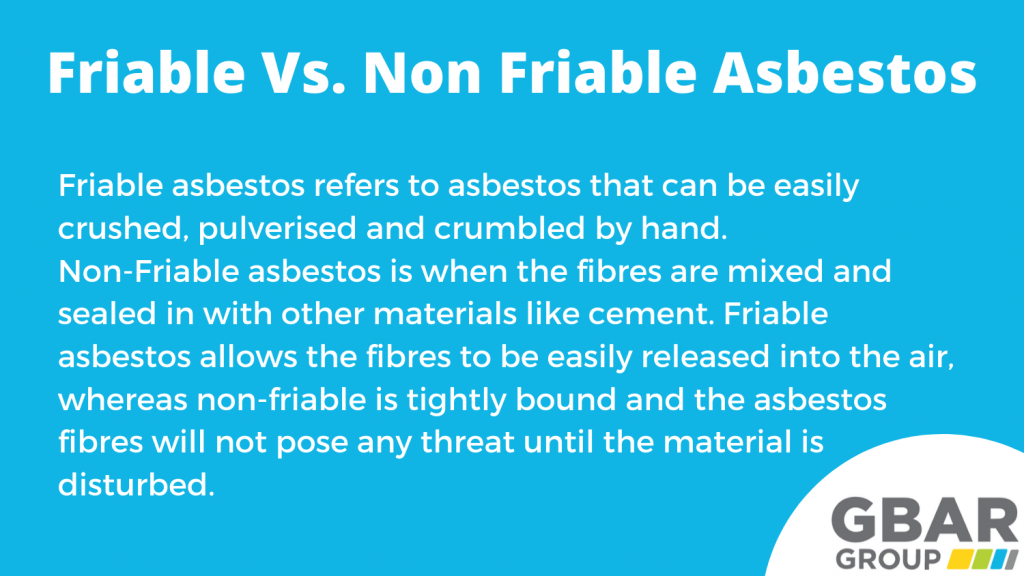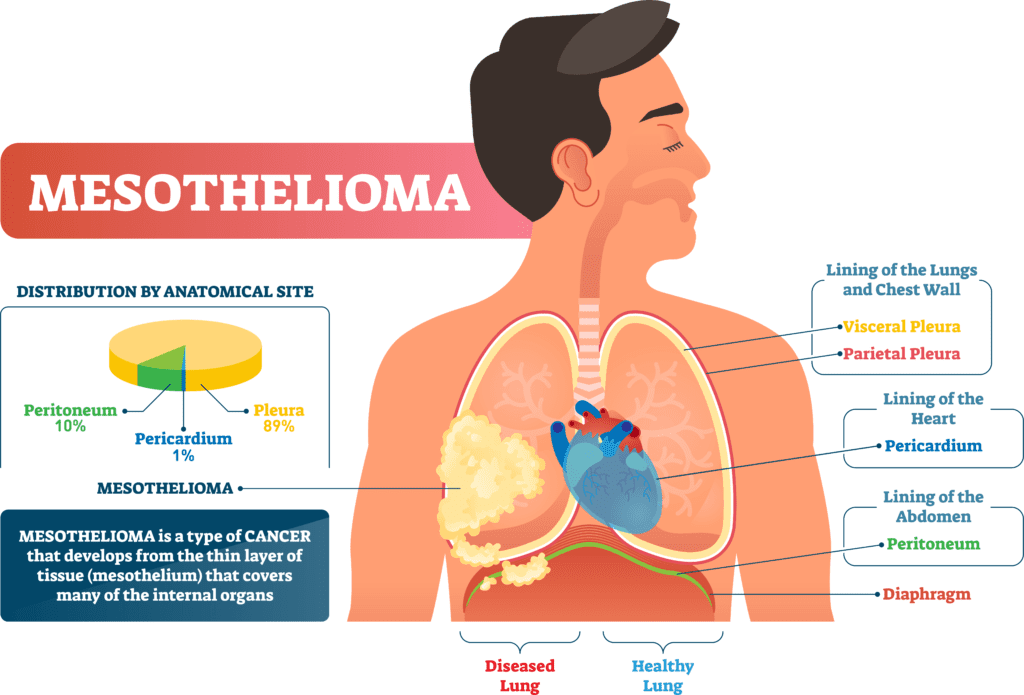Have you ever heard of asbestosis and wondered what it actually means? Asbestosis is a respiratory disease caused by the inhalation of asbestos fibers, primarily affecting individuals who have been exposed to asbestos over a prolonged period of time. In this article, we will explore the meaning of asbestosis and provide an overview of its symptoms, causes, and potential treatment options. If you’re curious to learn more about this concerning health condition, keep reading!
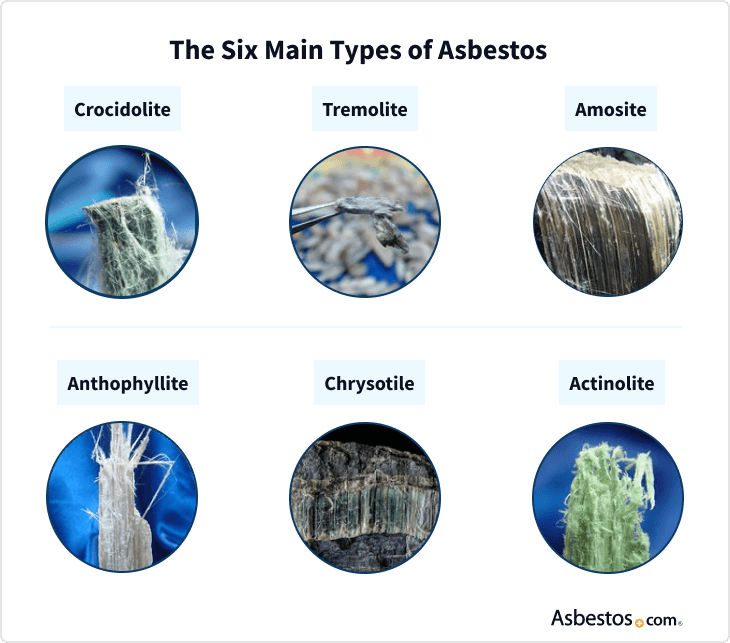

Meaning of Asbestosis
Asbestosis is a chronic and progressive fibrotic lung disease that is caused by exposure to asbestos fibers. It is characterized by the scarring of lung tissue, which restricts lung function and leads to irreversible damage. Asbestosis is a serious condition that can have significant impacts on your respiratory health and overall well-being.
Definition
Asbestosis is classified as a fibrotic lung disease, meaning it involves the formation of scar tissue (fibrosis) in the lungs. This scarring occurs as a result of long-term exposure to asbestos fibers. The scarring causes the lungs to become stiff and less elastic, making it difficult for you to breathe properly. As the disease progresses, it can significantly impact your ability to perform daily activities and can have a profound effect on your quality of life.
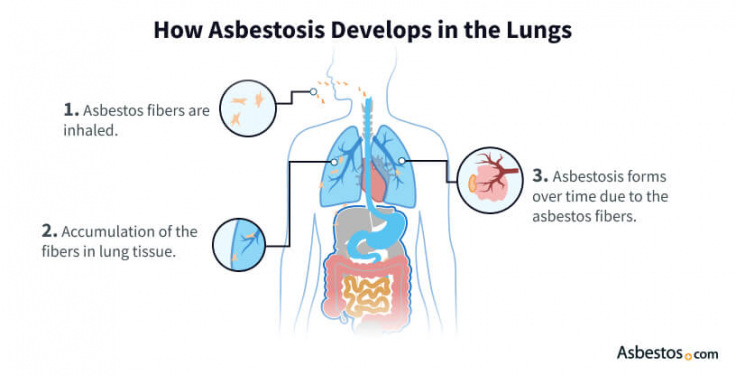

Causes
The primary cause of asbestosis is exposure to asbestos fibers. Asbestos is a naturally occurring mineral that was widely used in various industries due to its heat-resistance and durability. Occupational exposure is the most common cause of asbestosis, with workers in industries such as construction, mining, shipbuilding, and asbestos manufacturing being at a higher risk. However, even environmental exposure to asbestos fibers, such as living in close proximity to asbestos mines or factories, can increase the risk of developing asbestosis.
Symptoms
The symptoms of asbestosis can vary from person to person and typically develop gradually over many years following exposure to asbestos fibers. Some of the common symptoms include respiratory issues such as shortness of breath and a dry, persistent cough. Chest pain and tightness may also be experienced. As the disease progresses, you may begin to lose weight unintentionally and notice a clubbing of your fingers, which is a condition characterized by enlargement of the fingertips.


Diagnosis
To diagnose asbestosis, your healthcare provider will start by taking a thorough medical history and conducting a physical examination. They will ask about your occupational and environmental exposure to asbestos. Chest X-rays may be ordered to assess the condition of your lungs and to look for characteristic signs of asbestosis, such as scarring or irregularities. Pulmonary function tests can measure how well your lungs are functioning, and CT scans may be used to provide more detailed images of your lungs. In some cases, a biopsy may be necessary, where a small sample of lung tissue is collected for further analysis.
Treatment
While there is no cure for asbestosis, treatment mainly focuses on managing symptoms, preventing further exposure to asbestos, and improving quality of life. The first step in treatment is the prevention and avoidance of any further exposure to asbestos fibers. Medications may be prescribed to relieve symptoms and reduce inflammation in the lungs. In severe cases, oxygen therapy may be necessary to help with breathing, and pulmonary rehabilitation programs can provide exercises and techniques to improve lung function. In some cases, a lung transplant may be considered as a last resort.


Prognosis
The prognosis for asbestosis varies from person to person, depending on several factors such as the extent of lung damage, the severity of symptoms, and the overall health of the individual. Asbestosis is a chronic condition, and its progression can be unpredictable. In some cases, the disease may progress slowly, causing minimal impairment, while in others, it may progress rapidly, leading to more severe complications. Developing complications, such as lung cancer or mesothelioma, can further impact the prognosis. However, with proper management and early intervention, it is possible to improve the quality of life and prolong survival.
Fibrotic Lung Disease
Fibrotic lung disease refers to a group of lung disorders characterized by the development of scar tissue in the lungs. This scarring, also known as fibrosis, hinders the normal functioning of the lungs and can restrict the ability to breathe properly. Asbestosis is one such fibrotic lung disease and is specifically caused by exposure to asbestos fibers.
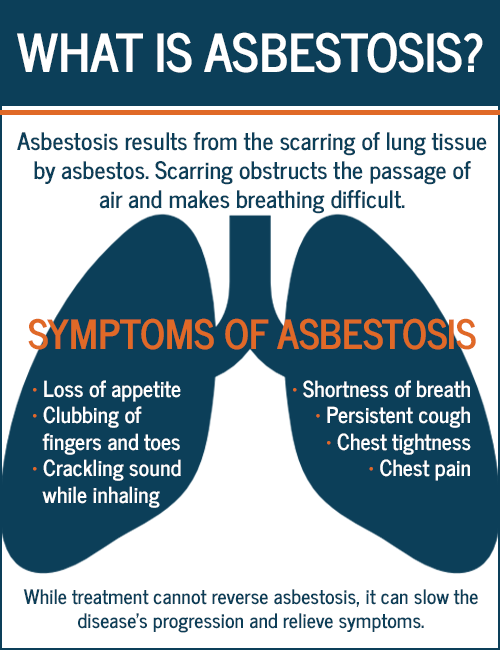

Caused by Asbestos Exposure
Asbestosis is primarily caused by the inhalation of asbestos fibers over a prolonged period of time. When asbestos-containing materials are disturbed, such as during construction or demolition activities, microscopic asbestos fibers can be released into the air. When these fibers are inhaled, they can become lodged in the lungs, leading to inflammation and scarring. The latency period for asbestosis can range from 10 to 40 years, meaning symptoms may not appear until many years after the initial exposure. Additionally, the effect of asbestos exposure is cumulative, meaning the longer the exposure, the greater the risk of developing asbestosis.
Life Expectancy
The life expectancy of individuals with asbestosis can vary depending on various individual factors. The average survival time for someone diagnosed with asbestosis is generally reduced compared to individuals without the condition. However, it is important to note that each case is unique and there are several factors that can influence life expectancy. These factors include the severity and progression of the disease, the presence of complications such as lung cancer, and the overall health and lifestyle of the individual. Early detection, appropriate treatment, and lifestyle changes, such as quitting smoking and maintaining a healthy lifestyle, can positively impact life expectancy.
In conclusion, asbestosis is a chronic and progressive fibrotic lung disease caused by exposure to asbestos fibers. It can lead to irreversible damage to the lungs and significantly impact your respiratory health. The symptoms of asbestosis can vary and may include respiratory issues, chest pain, persistent cough, weight loss, and clubbing of fingers. Diagnosis involves a thorough medical history, physical examination, imaging tests, and sometimes a biopsy. Although there is no cure for asbestosis, treatment focuses on symptom management, prevention of further exposure, and improving quality of life. The prognosis for asbestosis varies from person to person, but with early intervention and proper management, it is possible to prolong survival and improve overall well-being. It is crucial to be aware of the dangers of asbestos and take necessary precautions to prevent exposure.

